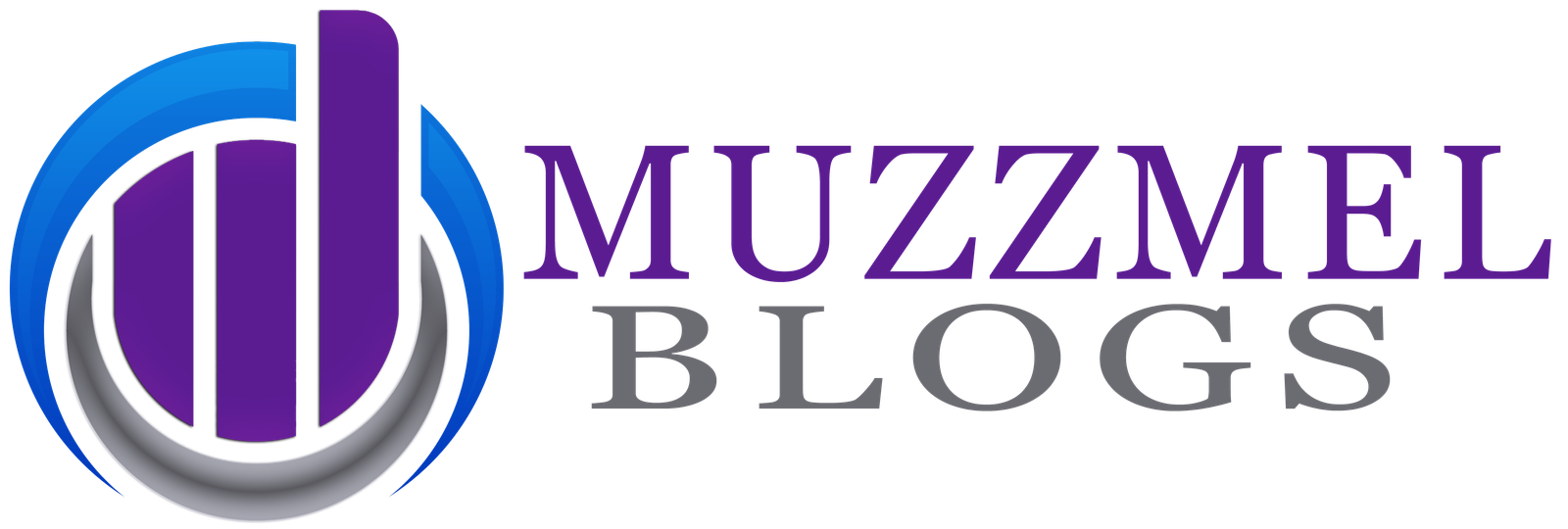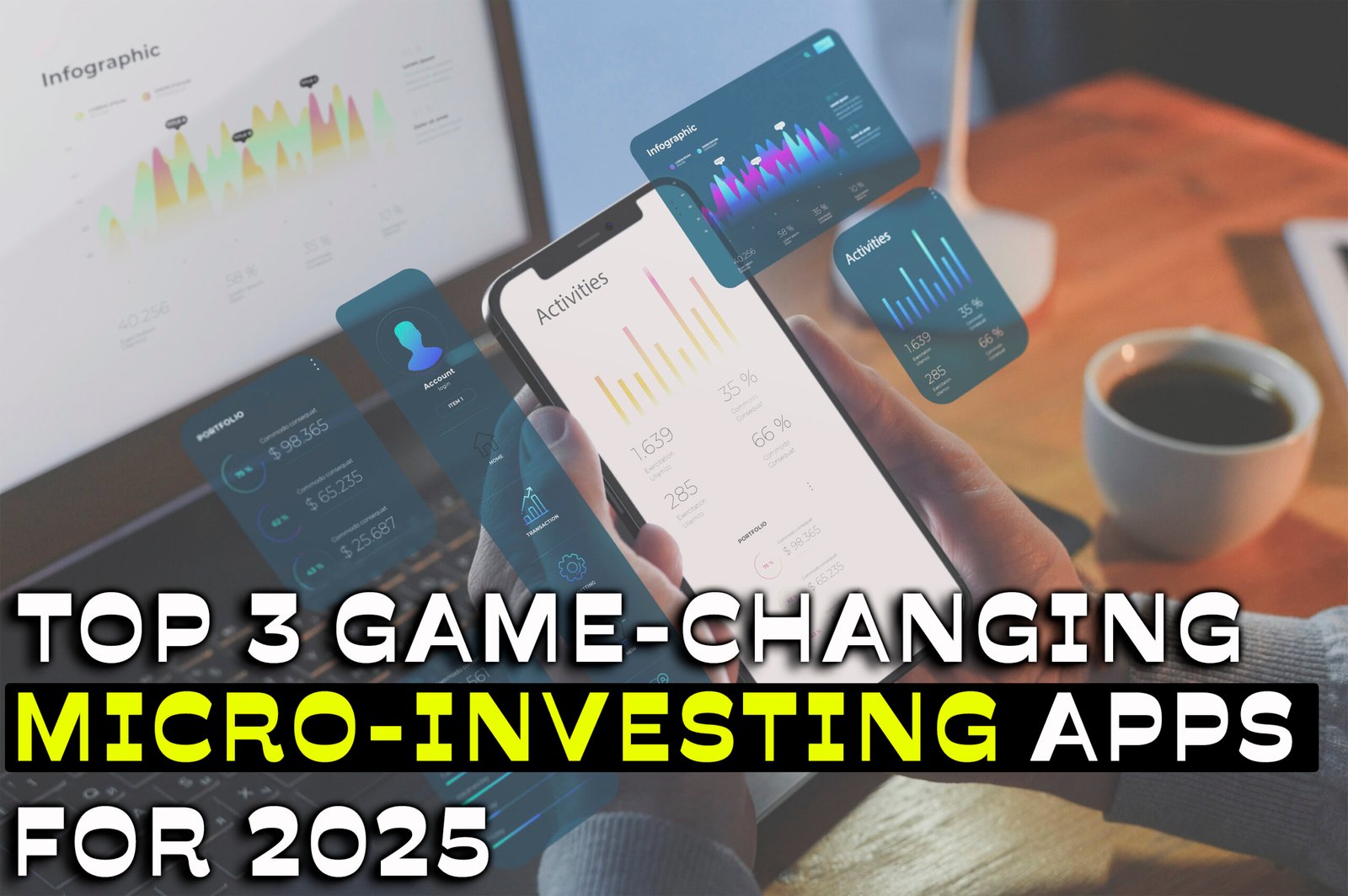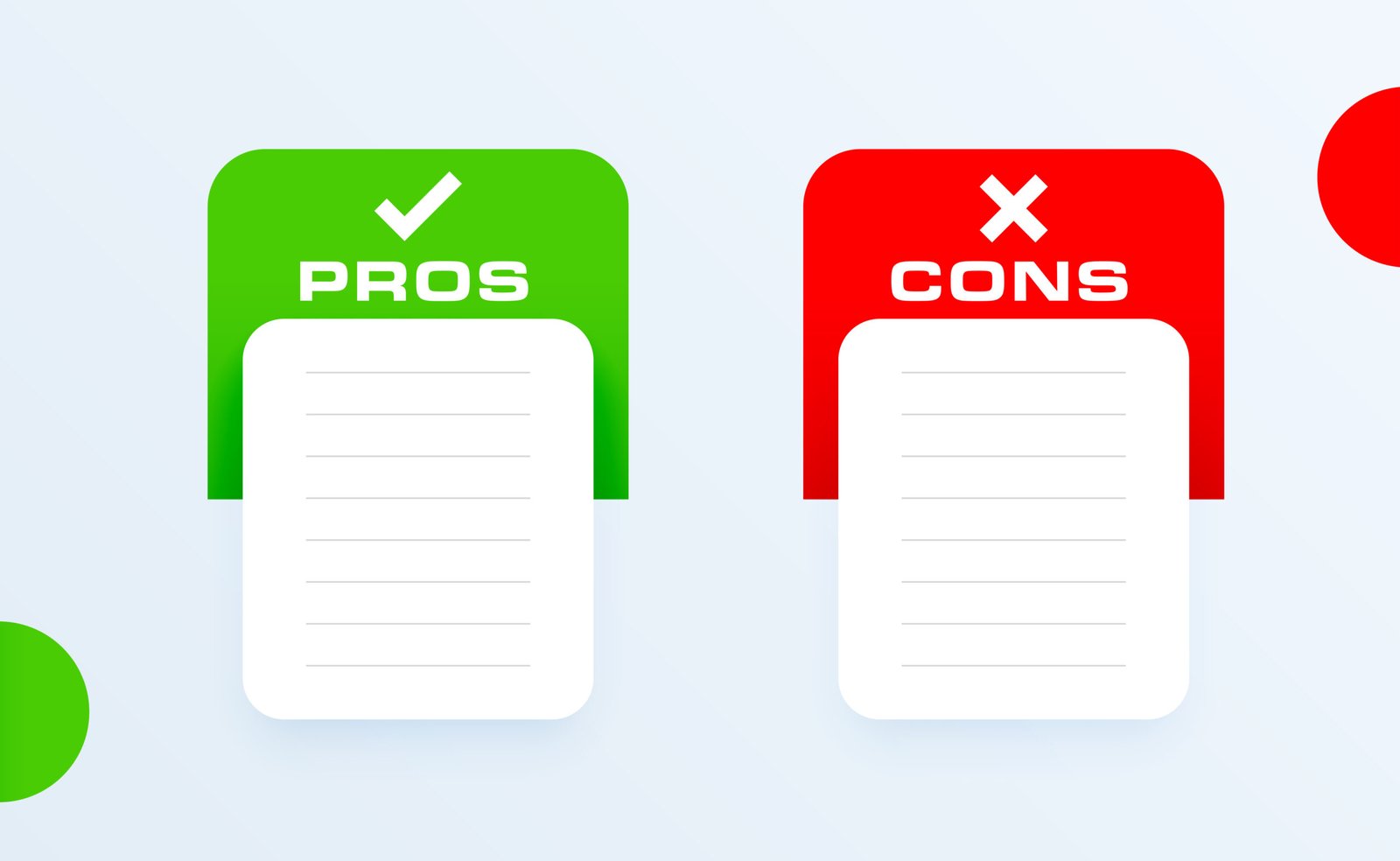Compare the top 3 game-changing micro-investing apps for 2025. Discover smart features, low fees, and tools to grow your wealth with ease and confidence.
Introduction of Micro-Investing Apps
Those days of earning thousands or learning finance are no longer present. Micro-investing apps are making your coffee mug money work ;l,for you. The era of personal finance is changing at lightning speed, and the emergence of low-cost investment platforms is setting an example for the days of common men to earn more money without any hassle.
Micro-investing is the newest craze among frugal investors, especially among Millennials and Gen Z. With simple phone applications, it’s never been simpler to invest $1 or two on the run—in some instances, even unknowingly to yourself. As you round down at checkout or sign up for frequent auto-deposits, these websites are making it simpler than ever to invest.
Here we’re looking at the top 3 micro-investing apps of 2025—Acorns, Robinhood, and Stash. We’ll compare what each of them has to offer, who it’s best for, fees, features, and ease of use. With this, you can select the best tool for your own path—whether it’s accumulating long-term wealth, playing around with do-it-yourself investing, or accumulating an auto-settled retirement nest fund.
What Is Micro-Investing and Why Is It So Popular in 2025?
Micro-investing allows for dollar investments as little as a few dollars, often fractional shares. Instead of needing to spend hundreds or thousands of dollars buying whole shares in desired stocks, one can buy an eighth, a quarter, or a fractional share for a minimum of $1. Round-up features are also available in most of the apps, investing your change on routine purchases—taking a passive habit and turning it into a money-generating activity.
Access is the largest driver of micro-investing in 2025. With the financial system becoming more of an innovation and inclusive culture, micro-investing apps are one of the largest onramps for the gig economy, underbanked, and Millennials and Gen Z. With low and even zero-friction entry points and easy design, the apps are converting casual accumulators into active investors.
Financial tech innovation also affects the economy. Algorithmic, low-cost portfolios and AI-powered investment advice made investing a wiser—but-safer and more democratic—experience. And with economic stability that has recently occurred and a need for financial knowledge, 2025 can be the year of the democratization revolution of investing.
Micro-investing, in a nutshell, isn’t a trend—a movement. And the app you’re in the right one for can send you on your way.
Top 3 Micro-Investing Apps in 2025: A Detailed Analysis
1. Acorns
Acorns is one of the simplest micro-investing apps for apprentices in 2025. It’s for those who prefer to have someone else think for them instead of taking the driver’s seat themselves. It rounds up your coins and invests them in cash according to your risk level. The app suits those who prefer a set-it-and-forget-it, regular approach to accumulating wealth without having to select individual stocks or worry about beating the market.
Some of the key features involve roundups of every kind of daily spending, automatic investing in a portfolio, and family and retirement savings plans, too. It has a one-size-per-month fee that is between $3 and $5 based on account level.
Pros:
- Streamlined automation of debit card spend
- Easy-to-use interface, great for total beginners
- Availability of IRA and family investing
Cons:
- Fees may be higher on very tiny accounts
- Less control over where you’re investing
2. Robinhood
Robinhood grew from a free stock brokerage app to a profitable micro-investing community. It allows for fractional share purchases, routine deposits, and even cryptocurrency buying, all through one simple interface. It’s perfect for those wanting some control and some automation.
Robinhood is investor-centered compared to Acorns. You can build your portfolio, invest right away, and buy options or cryptocurrencies if you desire. No-fee basic account without the premium is a free (with Robinhood Gold) $5/month offering.
Pros:
- No-commission trading and fractional shares
- Real-time trading and access to cryptocurrency
- Minimum balance not required
Cons:
- Less educational material
- Does enable active trading, which is wonderful or awful for others
3. Stash
Stash marries micro-investing and personal finance into a product with no peer. It’s perfect for someone who needs a little more control than Acorns but also some training wheels. With tastefully designed portfolios, a stock-back debit card, and banking features, Stash essentially functions as a money platform in your pocket.
Investors can invest in pre-screened themes of stocks like “Clean Energy” or “Tech Titans” and get personalized advice with in-built money coaching. Monthly fees range from $3 to $9, depending on services.
Pros:
- Excellent education features and goal-setting guidance
- Excellent for investors who want thematic exposure
Cons:
- astronomical monthly fees for high-end offerings
- Some investing alternatives are limited
Side-by-Side Comparison Table
Before being bound into the table, it’s helpful to understand how each of these three apps differs. Each of them offers fractional shares and low entry points, but how they do it and what they offer is uniquely different. Acorns is all about automation, Robinhood is all about freedom, and Stash is about a hybrid approach that does both with education.
Here’s how the platforms stack up side by side:
Feature |
Acorns |
Robinhood |
Stash |
|
Minimum Investment |
$0 |
$1 |
$5 |
|
Fees |
$3–$5/month |
Free / $5 Gold |
$3–$9/month |
|
Fractional Shares |
Yes |
Yes |
Yes |
|
Crypto Support |
No |
Yes |
Yes |
|
Retirement Accounts |
Yes |
No |
Yes |
|
Education Tools |
Basic |
Limited |
Extensive |
| Banking Integration | Yes | No |
Yes |
Which Micro-Investing App Is Best For You
Discovering an effective micro-investing app is not just a matter of cost and ease of use—there’s roughly half of it about finding somewhere that speaks to your way of life, saving goals, and level of comfort with investing. While all three of the most well-known apps—Acorns, Robinhood, and Stash—are bringing investing to the masses, each speaks to a certain kind of investor. Some like automation and simplicity, but others need control and customized approaches.
Here, we’ll assist you in determining the perfect blend of your own needs and the perfect tool. If you’re an absolute beginner, a hybrid investor, or a do-it-yourself trader who’s just extremely passionate about markets, there is a micro-investing app that’s precisely for you.
1. For Absolute Beginners: Acorns Provides Smooth Automation
If you’re brand new to investing and find financial markets overwhelming, Acorns might be the best starting point. Its round-up feature links to your debit or credit card and automatically invests the spare change from your everyday purchases into a diversified portfolio. This “set-it-and-forget-it” method is perfect for people who want to grow wealth passively without thinking about it daily.
Acorns has accounts for regular contributions, retirement accounts, and even custodial accounts for minors. With its simple browse function and minimal data, it does so much to take away the fear and intimidation of getting started. Although monthly charges will undoubtedly be proportionally higher in low-balance accounts, what it offers in security and automation is well worth it to new investors.
You don’t even have to decide what to invest in—Acorns does it for you and invests on your behalf according to your risk tolerance. If you’re someone who has trouble managing money or decision fatigue, this app can get you on track without scaring you.
2. For Semi-Guided Investors: Stash Blends Control with Education
If you’re interested in learning how to invest but still want a helping hand, Stash may be your go-to choice. It strikes a balance between automation and DIY flexibility, offering a user-friendly platform with a strong emphasis on education. Stash allows users to choose from themed investment portfolios such as “Clean Energy” or “Tech Titans,” making it easier to align your values with your investments.
In addition to investing, Stash is also an everyday personal finance app. It also has banking features, a stock-rewarding credit card, and learning tools for your goals. You even have a Roth IRA or traditional IRA to maintain tax-favored savings.
For learners who prefer to learn on the job and start small, Stash offers you the best of both worlds. It’s built to scale with you. New investor to bolder decision-maker—without ever being too daunting.
3. For Do-It-Yourself Traders: Robinhood Is Your Launchpad
If ETFs, stocks, or crypto don’t bother you and you prefer doing things on your own, then Robinhood gives you the liberty and ease you need to have a do-it-yourself affair. Its Spartan design is meant to provide real-time trades of fractional shares and full equities commission-free and with minimum balance fees. It’s perfect for active traders who enjoy having their ears on markets, experimenting with strategies, and their hands on portfolios.
Robinhood also contributed some extra oomph with options trades, crypto trades, and automatic buying so smart users can diversify their strategy. Don’t forget, however, that Robinhood doesn’t have retirement accounts or robust fiscal education. If you don’t have a starting point in mind or need the experts’ advice, it might not be your best bet.
For smart investors who already know what they’re looking for—or would like to discover for themselves—Robinhood offers quick, nimble, and cheap investing. But for building long-term wealth securely, the other websites may be the way to go.
4. For Long-Term Planners: Acorns and Stash Provide Retirement Accounts
If retirement on easy street is on your mind, you’ll want one that accepts Individual Retirement Accounts (IRAs) or Roth IRAs. Both Acorns and Stash accept these accounts, wherein you let your investments grow tax-deferred (tax-free for a Roth). Both are thus highly attractive to those with long-term investment interest in financial health and not wanting to wait until the last minute to save for retirement.
Acorns provides you with a choice in the form of “Acorns Later” that suggests the best retirement account based on how much you earn and your age, and invests your money in a target-date fund. Retirement is more of a pick-and-choose process in Stash—you get to choose what stocks and ETFs you want to hold in your IRA, so you are in control but with some assistance.
These traits are ideal for investors who desire their small investments to grow over decades-long timeframes. If your strategy is to invest regularly and let them compound without lifting a finger, both services are good for you—Acorns is more plain vanilla, and Stash is more customized.
5. For Price-Sensitive Users: Robinhood’s Free Model Wins
While Stash and Acorns both take $3 to $9 per month, the skinnied-down version of Robinhood’s account is free. That will suit someone who is merely tasting the water or does not want to lose any fees if he has only small amounts in the portfolio. To someone who has limited capital, those monthly fees of Stash and Acorns can drain the profit from you, especially for the first few years.
But priciest isn’t necessarily best. Robinhood is lacking in features like round-up investing, retirement plans, or advice on money–all of which are the kind of niceties that make long-term investing easy. But if your pocket strings are reasonably pinched and you don’t mind that your trades lack the complete autograph on them, then Robinhood provides a fee-less, no-frills way of investing.
When and if your own money is stable again, you can be ready to make the next move to platforms with more extensive financial planning capabilities. Meanwhile, Robinhood allows you to begin investing commission-free, hassle-free, and market-available today.
Final Thoughts: Small Investments, Big Potential
Micro-investing demonstrates that one can be rich without actually being rich. For a few dollars—and a smartphone—you can begin to become rich today. All that the apps are doing is to take away barriers, make investing easy to accomplish, and allow new generations to learn about finances.
With inflation top of mind in 2025, economic shocks, and out-of-control fintech growth, micro-investing is the newest craze, but the smart way to build fortunes. The key is to invest by frequency, not amount. A small amount more and more here and there every week can add up to something monumental, especially in diversified investing.
Begin small, stay consistent, and align your investment instruments with your long-term goal—retirement, your own home, or leaving an inheritance. Yesterday’s perfect time has passed. Today is the second-best time.
Advantages and Disadvantages of Micro-Investing Apps
Before selecting a set of micro-investing apps, the key strengths and shortcomings need to be weighed, especially for first-time investors.
Advantages:
- Low Barrier to Entry:
Micro-investing allows able to invest with only $1, so nearly everyone can invest, especially students, part-timers, and thrifters. - Automation Encourages Consistency:
Round-ups (Acorns) or automatic deposits make customers continue investing time after time, without remembering or attempting to time the market. - Crude Financial Whiz:
Apps like Stash have tutorials, goal-suggested advice, and theme portfolios to help first-time investors make a good decision. - Diversified Portfolios Instantly:
Even small amounts are invested in diversified portfolios or ETFs, with risk and providing long-term returns. - Mobile-First and User-Centric:
Each of the web pages is Smartphone-optimized, making it easier for users to navigate, invest, and trade using portfolios anywhere and at any time.
Disadvantages:
- Monthly Fees Might be Greater Than Earnings:
Flat fees ($3–$9/month) might be a challenge to account balance, particularly with early investing. - Minimal Control in Certain Platforms:
Apps like Acorns Investor spend on your behalf, perhaps not best for those wanting more planning and control. - No Custom Financial Planning:
There are educational materials, but the apps are not full planners. If people want more sophisticated financial planning, they might need more feature-laden products. - Market Risk Still Applies:
With round-ups and fractional shares, market peaks and troughs may influence the value of your investment. - Over-Simplification Frustrates Some Customers:
The convenience is deceiving—customers need to become savvy in regards to risk and long-term investment practices.
FAQs Of Micro-Investing Apps
Q1: Is it possible to lose money on micro-investing platforms?
Yes, as with any investment, your portfolio will change based on market performance. But with diversified portfolios and automatons, risk can be managed.
Q2: Do micro-investing returns pay more than savings accounts?
Traditionally, long-term investments have performed more strongly than savings accounts as an investment. Investing is riskier, however, whereas savings accounts are typically insured and backed by the government.
Q3: Do the apps provide tax-advantaged accounts?
Yes, both Stash and Acorns provide retirement account options (i.e., IRAs) with tax advantages.
Q4: Are my investments insured or covered?
Broker accounts are likely SIPC-insured, which would protect your brokerage in the event of financial failure—market downturn. Read each app’s disclosures for information.
Conclusion:
Micro-investing is no longer a cash craze—it’s a new paradigm for how regular folks get paid. If you’re a college kid racking up loose change or a blue-collar grump racking up spare change for the retirement years, these websites are designed to let you begin with as little resistance as possible and as much convenience as possible.
All three apps—Acorns, Robinhood, and Stash—are designed to appeal to a particular constituency. Acorns is ideal for the investor who wants the whole passive investing experience with minimal effort. Robinhood is ideal for the do-it-yourself investor who doesn’t want to learn but also doesn’t mind trading on his own. Stash is balanced guidance and autonomy, and is ideal for the new investor who enjoys learning to be a savvy investor.
The greatest hope is to take the leap. The sooner you invest—no matter how large the size—the greater the chances your money will grow. Micro-investing with the right vehicle appropriately set up for your destination and daily commute can be the passport to financial freedom in the long run.
References:
Here are the sources and tools referenced for writing this guide and ensuring up-to-date accuracy for 2025:
- Acorns Official Website
- Robinhood Official Website
- Stash Official Website
- NerdWallet – Robinhood vs Acorns vs Stash: 2025 Comparison Guide
- CNBC Make It – How Millennials and Gen Z Are Using Micro-Investing to Build Wealth
- SEC.gov – Investor Alerts on Mobile App Investing Risks










1 thought on “Top 3 Game-Changing Micro-Investing Apps for 2025 | Detailed Guide”